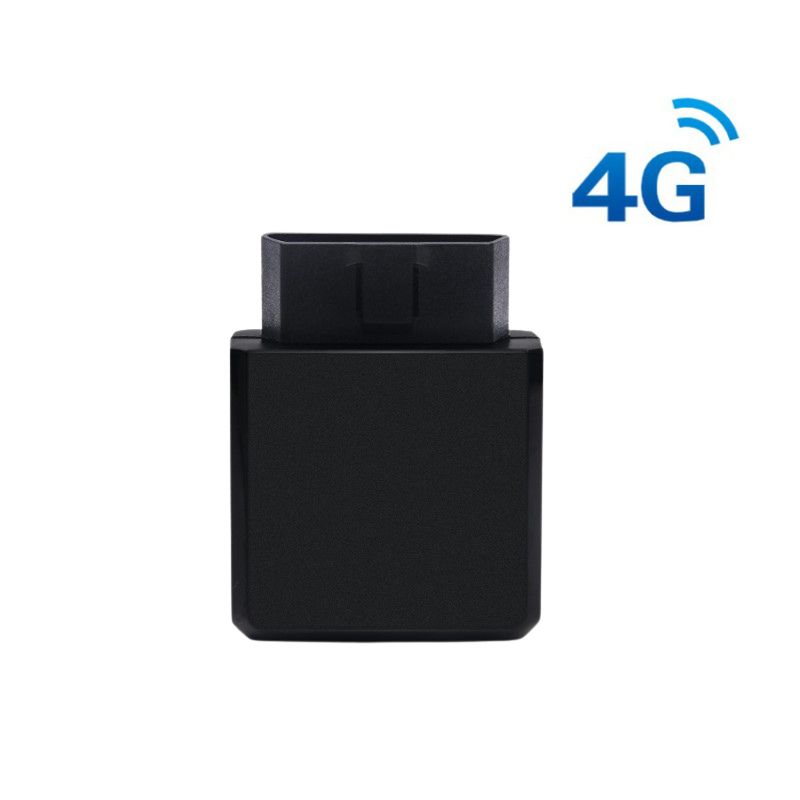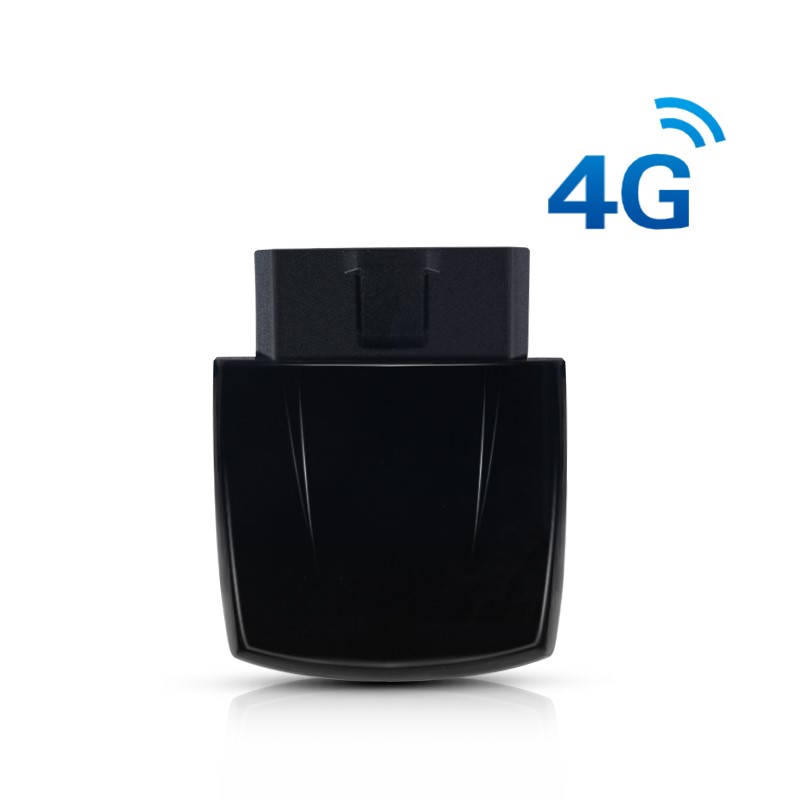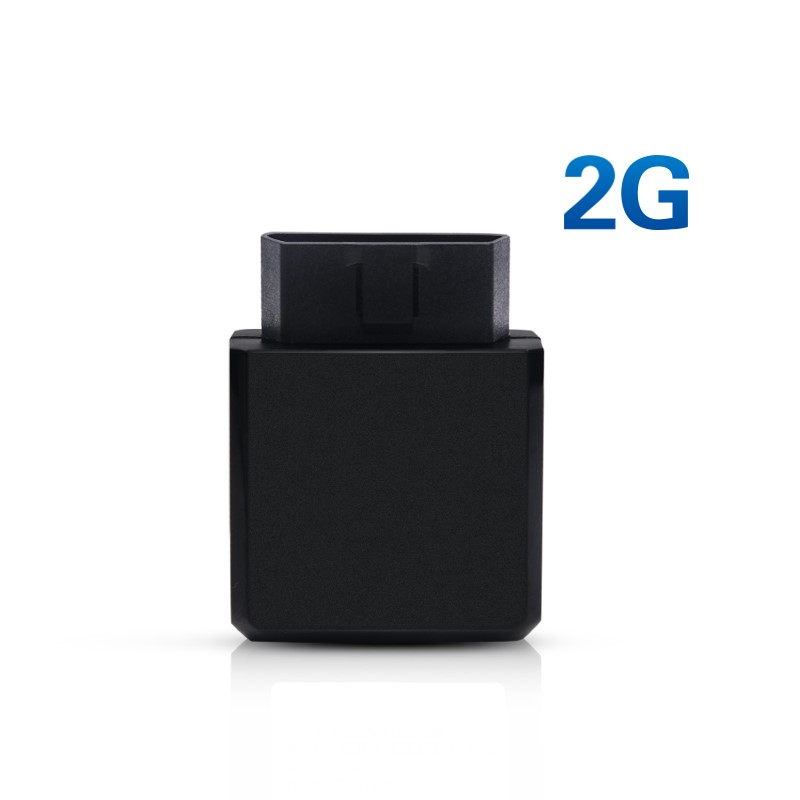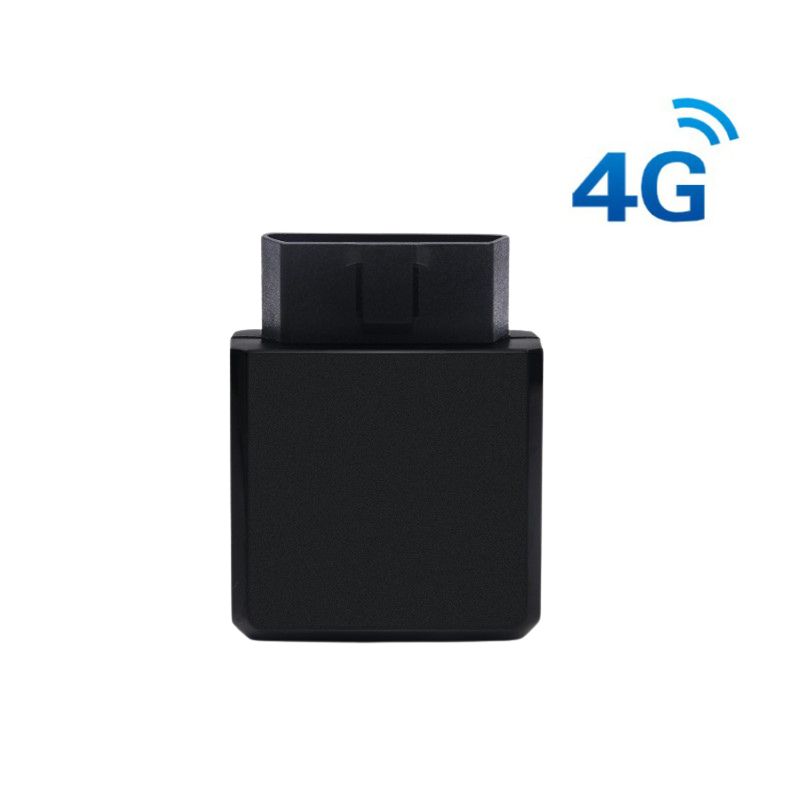When choosing a GPS tracking solution for vehicles, many users consider whether voice monitoring is a necessary feature. While voice monitoring is common in some GPS trackers, it is rarely included in OBD (On-Board Diagnostics) trackers. This isn’t a flaw—it’s a strategic design choice. Let’s explore why OBD trackers typically do not include voice monitoring, and the advantages and disadvantages of this decision.
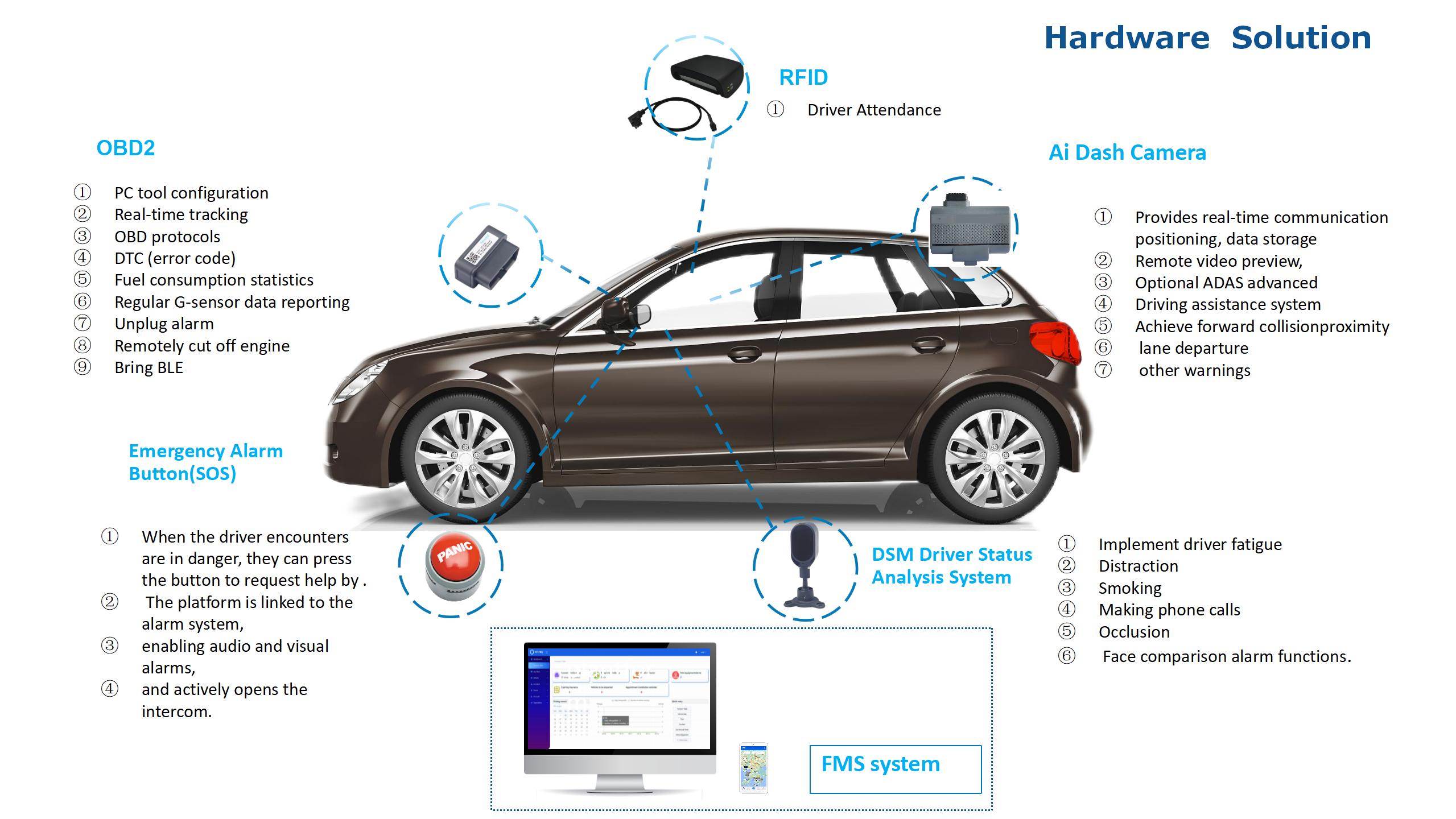
What is Voice Monitoring?
Voice monitoring allows the user to remotely listen to sounds inside the vehicle, often via a built-in microphone. This feature is found in some wired or hidden GPS tracking devices and is sometimes used for security, fleet supervision, or emergency monitoring.
Voice Monitoring in a car refers to a system that uses microphones and AI-powered software to detect and analyze speech, sounds, or driver behavior inside the vehicle. This technology serves multiple purposes, including allowing drivers to control infotainment, navigation, or climate settings using voice commands (e.g., Apple CarPlay, Android Auto, or built-in systems like BMW’s iDrive); Detects signs of drowsiness, stress, or distraction by analyzing speech patterns, tone, or pauses. Some systems alert the driver if they seem fatigued or not paying attention.
Certain cars (e.g., GM’s OnStar) can detect distress keywords (like “help” or “accident”) and automatically call emergency services. ; Enhances hands-free calls by filtering out background noise. Some systems adjust audio settings based on voice recognition (e.g., Mercedes-Benz’s “Hey Mercedes”).
Many modern cars record voice data for improving AI responses, raising privacy concerns.
Companies like Tesla, Toyota, and Ford may store voice logs, which can sometimes be accessed for diagnostics or legal reasons.
Tesla: Uses cabin cameras and microphones for driver monitoring.
Amazon Alexa / Google Assistant: Integrated into cars for voice control.
BMW & Mercedes :Feature advanced natural-language voice assistants.
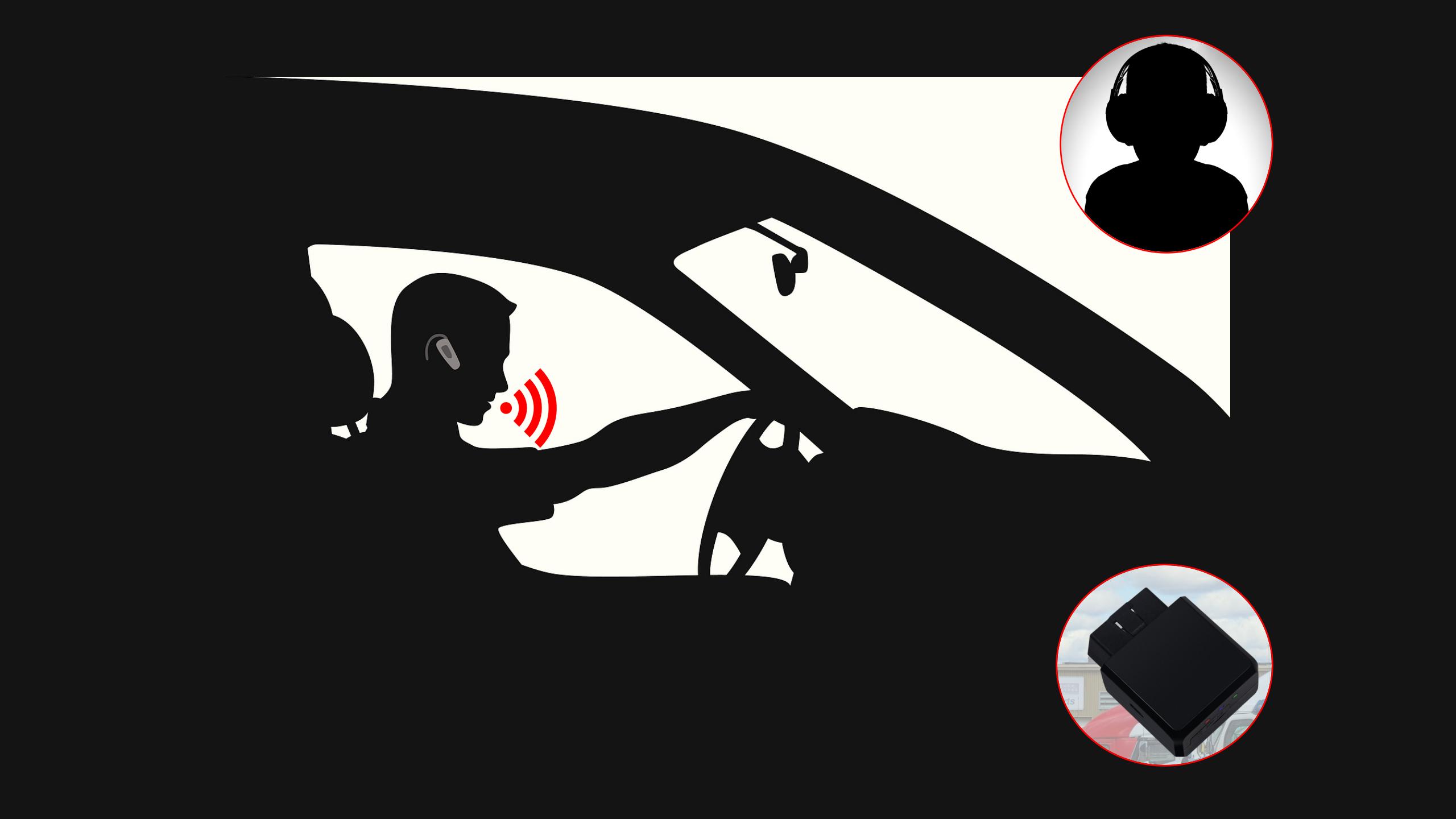
Why OBD Trackers Skip Voice Monitoring?
OBD trackers are designed for plug-and-play convenience. They connect directly to the vehicle’s OBD-II port, mainly used for diagnostics, vehicle data reading, and GPS tracking. Their focus is on fast deployment, low maintenance, and reliable performance—without hardwiring or complex installation.
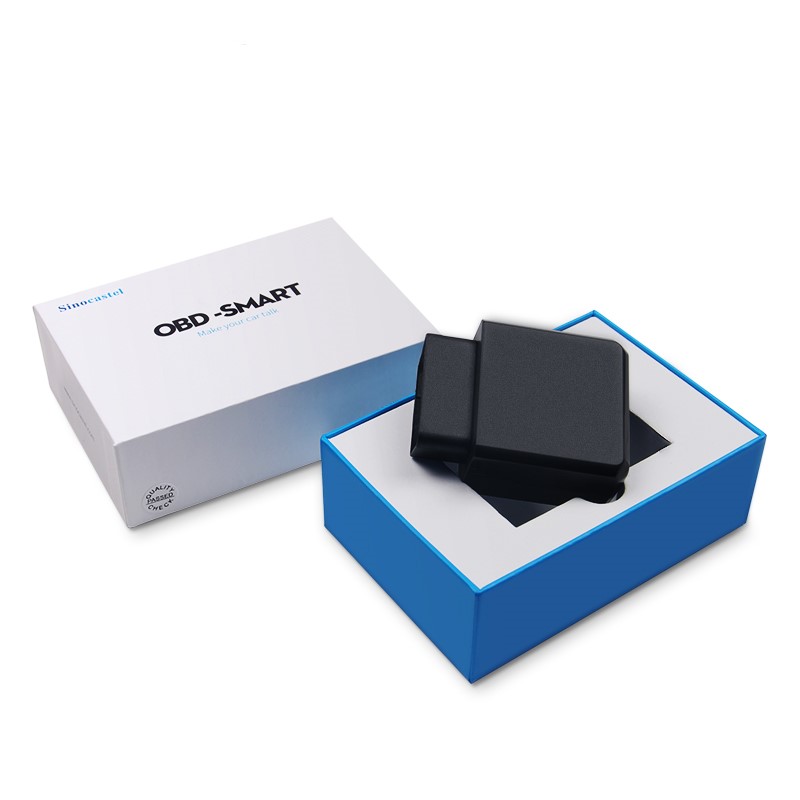
Advantages of Not Having Voice Monitoring
Data Privacy Compliance
In many countries, recording or monitoring conversations without consent is illegal. Removing voice monitoring helps ensure compliance with global data privacy regulations like GDPR, making OBD trackers safer for international use.
Simplified Hardware Design
Without a microphone or audio module, OBD trackers are more compact and cost-efficient. This allows manufacturers to focus on optimizing essential features like GPS accuracy, vehicle diagnostics, and real-time alerts.
Lower Power Consumption
OBD trackers rely on the vehicle’s power and are designed to minimize power draw. Voice monitoring consumes more power and could potentially interfere with the vehicle’s battery health during long idle periods.
Plug-and-Play Convenience
Voice monitoring often requires careful microphone placement to be effective. Since OBD ports are usually under the dashboard, voice quality would be poor, and the feature would be largely ineffective. Excluding it makes the device more user-friendly.
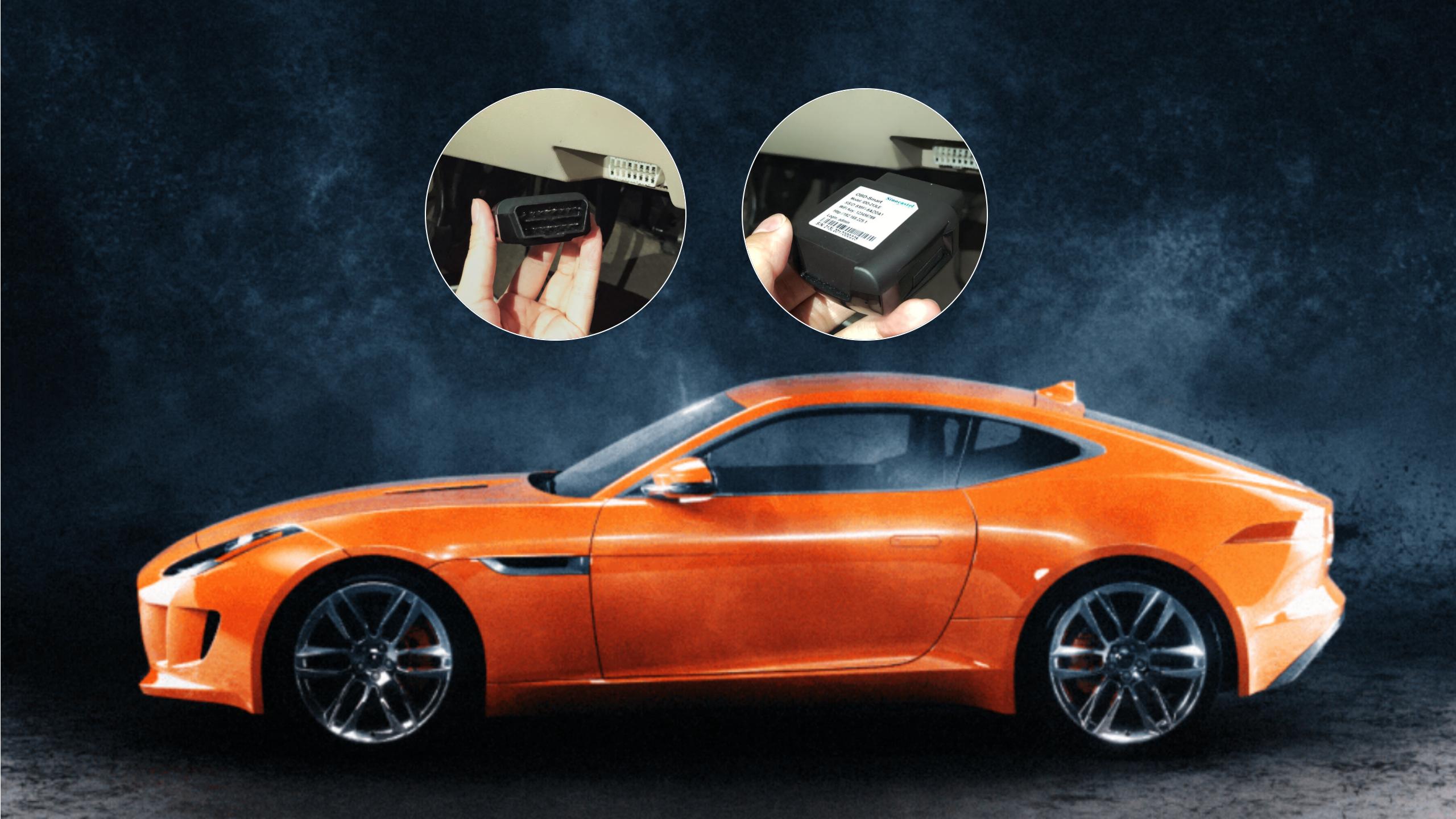
Disadvantages of No Voice Monitoring
Limited Surveillance Capability
In some fleet management or security cases, the ability to hear inside the vehicle may offer additional insight into driver behavior or emergency situations. Without voice, users lose that channel of intelligence.
Less Suitable for High-Security Needs
Voice monitoring can deter internal theft or unauthorized use, particularly in sensitive cargo transport. OBD trackers alone may not fulfill these high-security demands without combining with additional sensors or cameras.
OBD trackers offer the right balance of function, ease, and compliance for most commercial and private applications. The absence of voice monitoring is not a limitation—it reflects a smart trade-off prioritizing legality, efficiency, and simplicity. For users who require advanced surveillance, pairing an OBD tracker with other devices (like dashcams or hardwired trackers) may offer the best of both worlds.







